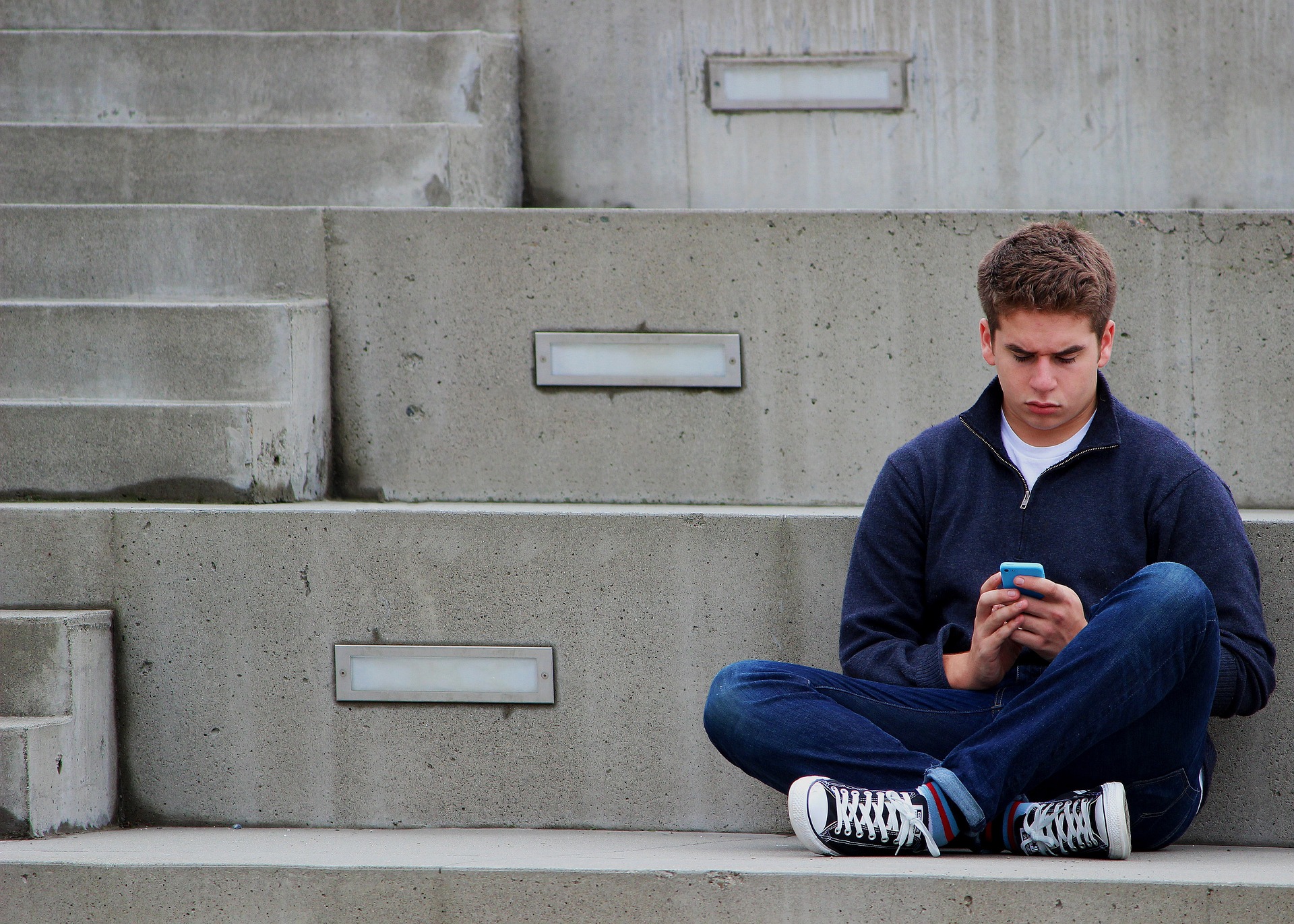
Teenage boy using cell phone. Photo courtesy of Pexels.

Teenage boy using cell phone. Photo courtesy of Pexels.
This blog is in partnership with White Ribbon.
Gender-based violence (GBV) is a pressing reality facing our society. It exists in the places where we live, learn, play and turn to for support, including schools, hospitals, and social media. It is on us, members of society, to stop it.
Statistics tell us that 1 in 10 women aged 15-24 experience sexual assault, 6 in 10 experience unwanted public sexual behaviours, and 3 in 10 are emotionally, psychologically, and/or emotionally abused by a partner. Women from visible minorities experience higher rates of domestic violence. According to the Survey of Safety in Public and Private Spaces, 29% of women belonging to an ethnocultural group designated as a visible minority reported experiencing some kind of psychological, physical, or sexual violence committed by an intimate partner in their lifetime. The same study showed that six in ten (61%) Indigenous women experienced some form of intimate partner violence in their lifetime, which is considerably higher than the proportion of non-Indigenous women experience.
GBV is a persistent problem where folks face violence because of their gender, gender identity, and gender expression. Clearly, we need to think deeply about the socialization and conditioning we receive about gender norms and power dynamics.
Gender norms force individuals to choose between two genders – female and male. Then everyone is expected to display behaviours associated with being either female or male. For example, women are expected to be submissive and caregivers. On the other hand, men are expected to be strong and dominant. Gender norms reinforce the idea of male superiority and encourage men to use intimidation, violence, and abuse to maintain a sense of power. These kinds of gender norms negatively impact everyone.
From a young age, boys are taught to comply with the ideas of manhood through actions like name calling (“don’t be a sissy”) and behaviours that promote aggression (bullying; “boys don’t cry”). This teaches men to suppress their feelings and to mistreat those who don’t fit into the model of masculinity accepted by society. When unchecked, these gendered expectations can have a negative impact on mental health and result in displays of aggressive behaviour, including bullying, discrimination, violence and violent crimes. Again, statistics can paint a clear picture of the consequences. In Canada, men are responsible for 83% of police-reported violence committed against women. It’s time to think about how we can disrupt these negative gendered expectations and build healthy masculinities.
Allowing men to be themselves and not requiring them to comply with stereotypical ideas of manhood helps men to build healthier relationships with themselves and others. This challenges the notion that men should display violence and aggression toward others.
Healthy masculinities allow men to: